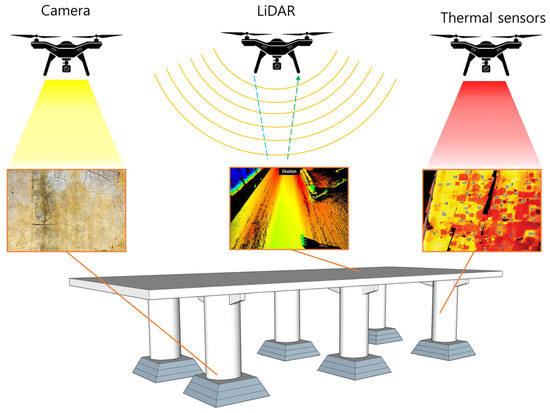Smart Drone Sensors: How They Improve Navigation and Collision Avoidance
Drones are becoming more intelligent and autonomous, thanks to the integration of smart sensors. These sensors enhance a drone's ability to navigate complex environments, avoid obstacles, and operate efficiently in various conditions. By leveraging advanced sensor technologies such as LiDAR, ultrasonic sensors, infrared sensors, optical flow sensors, GPS, and inertial measurement units (IMUs), drones can gather real-time data and make split-second decisions for smooth navigation and improved safety.
LiDAR (Light Detection and Ranging) sensors play a crucial role in creating detailed 3D maps of surroundings by emitting laser beams to measure distances. This allows drones to detect obstacles even in low-light or foggy conditions, making them highly effective for autonomous navigation. Ultrasonic sensors, on the other hand, utilize sound waves to detect nearby objects and are particularly useful for close-range obstacle avoidance. Meanwhile, infrared sensors can detect heat signatures, enabling drones to identify warm objects, such as humans or animals, making them invaluable in search and rescue operations.
Optical flow sensors rely on cameras to track surface patterns and movement, helping drones maintain stable flight by analyzing position changes relative to the ground or surrounding objects. GPS and Global Navigation Satellite Systems (GNSS) provide precise location data, allowing drones to follow predetermined flight paths and execute waypoint-based missions. Additionally, inertial measurement units (IMUs), consisting of accelerometers and gyroscopes, continuously track a drone’s orientation, acceleration, and angular velocity, ensuring flight stability even in turbulent conditions.
The integration of these sensors allows drones to detect obstacles in real-time and adjust their trajectory to prevent collisions. Advanced algorithms process sensor data to generate 3D maps and predict potential hazards, enhancing autonomous navigation in complex environments such as dense forests, urban landscapes, or indoor spaces. By continuously mapping and adapting to their surroundings, drones can maneuver safely through challenging terrains without human intervention.
Smart sensors also play a crucial role in improving flight stability and control. A combination of GPS, IMUs, and optical flow sensors ensures that drones maintain a steady flight path, even in windy conditions. This is particularly beneficial for applications like aerial photography, surveying, and package delivery, where stability is essential. Moreover, sensors such as LiDAR, infrared, and ultrasonic technologies enable drones to operate safely in low-visibility conditions like fog, darkness, or cluttered environments, which is critical for emergency response, security surveillance, and industrial inspections.
Looking ahead, the future of smart drone sensors is promising, with ongoing advancements expected to revolutionize drone capabilities. AI-powered sensor fusion will integrate multiple data sources for more sophisticated decision-making and enhanced autonomy. Miniaturization of sensors will improve drone efficiency and battery life, while 5G connectivity will enable real-time communication between drones and ground control systems. Additionally, enhanced edge computing will allow drones to process data onboard, reducing reliance on cloud computing and making them more responsive and independent.
Smart sensors are transforming drone navigation and collision avoidance, making drones more reliable and autonomous than ever. As sensor technology continues to evolve, drones will play an even greater role in industries such as logistics, security, agriculture, and disaster response. With these innovations, drones are set to become safer, more intelligent, and more capable of operating in the most challenging environments.
.png)






Leave a Comment
Your email address will not be published. Required fields are marked *